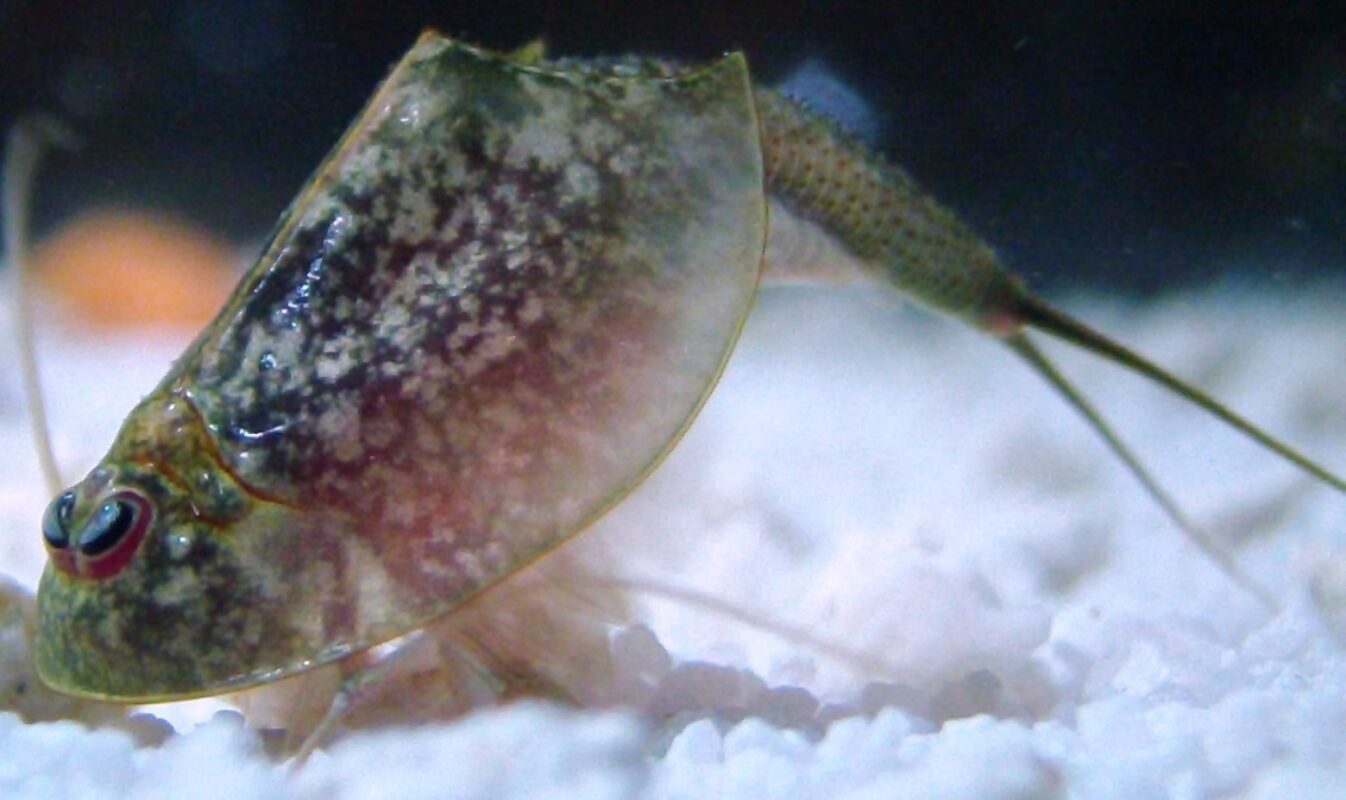Guide
Discovering prehistory: Fascinating insights into the world of Triops newberryi
The history of our planet is peppered with amazing creatures that have populated the earth over millions of years. One such fascinating species that gives us deep insights into prehistory is the Triops newberryi. This amazing creature has evolved over millions of years and is a living relic of past ages. In this blog post, I will be focussing on this exotic American Triops species.

A look back in time: The evolution of Triops newberryi
Triops newberryi is a Triops species found on the west coast of North America, primarily in valleys in the states of Washington, Oregon, California and small areas of Nevada, Utah, New Mexico and Mexico, with at least one population in Kansas. However, they are found in large numbers in the Coachella Valley in California. Triops newberryi has been reported to have the potential to biologically control larvae of mosquitoes breeding in seasonally flooded habitats. T. newberryi is genetically distinct from Triops longicaudatus, the predominant species in the central United States.
Lifestyle and appearance
The T. newberryi is known for its unusual appearance and way of life. It lives mainly in temporary shallow waters such as pools and puddles that form after rainfall. These crustaceans have a remarkable ability to survive in extreme environmental conditions, going into a form of cryptobiosis during dry periods – a state in which their metabolism comes to a virtual standstill in order to survive a lack of water.
The body structure of the T. newberryi is equally impressive. They are equipped with long, mobile stalk eyes that allow them to scan their surroundings for prey and potential threats. Their two-lobed tails help them to move and breathe. The animals feed on plant material, algae and small organisms, which they crush with their powerful jaws.
Significance for research and nature conservation
The Triops newberryi is not only an interesting research object, but also plays an important role in the ecosystem of shallow waters. They contribute to the control of algal growth and serve as food for various other organisms. Given the increasing threat to such habitats from human activities, understanding the role and importance of T. newberryi is of great relevance to conservation.
Triops newberryi – Conclusion
The T. newberryi reminds us how diverse and amazing life is on our planet. Its existence for millions of years makes it a valuable witness to the Earth’s history and teaches us valuable lessons about adaptability and survival strategies. As an object of research and a symbol for nature conservation, the T. newberryi illustrates how important it is to preserve and protect the diversity of life in order to offer future generations the opportunity to discover the wonders of the past.
- Triops – Survivors of prehistoric times, heroes of the universe - 17. April 2025
- Aquaristics in Italy – Underwater passion between the Dolce Vita and the Mediterranean - 12. April 2025
- Palaeontology: Giant penguins discovered in Peru - 2. April 2025